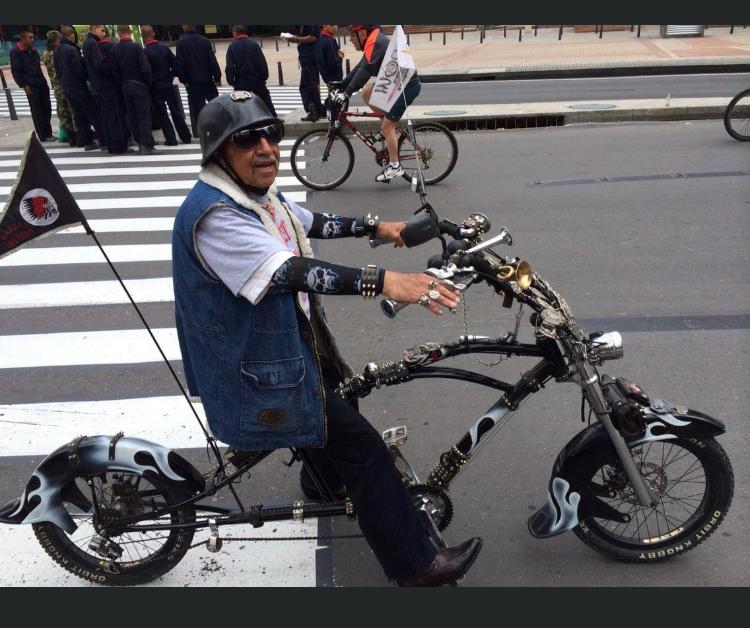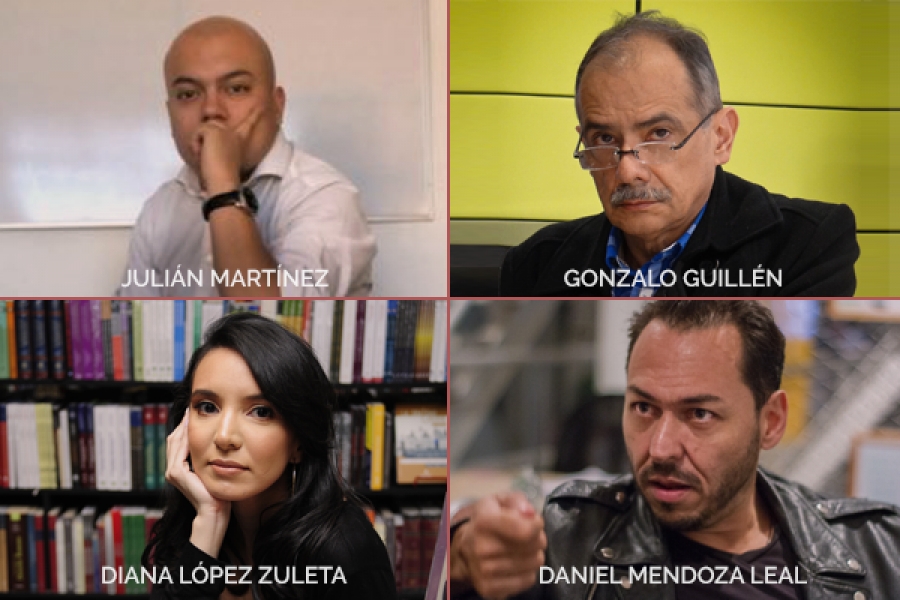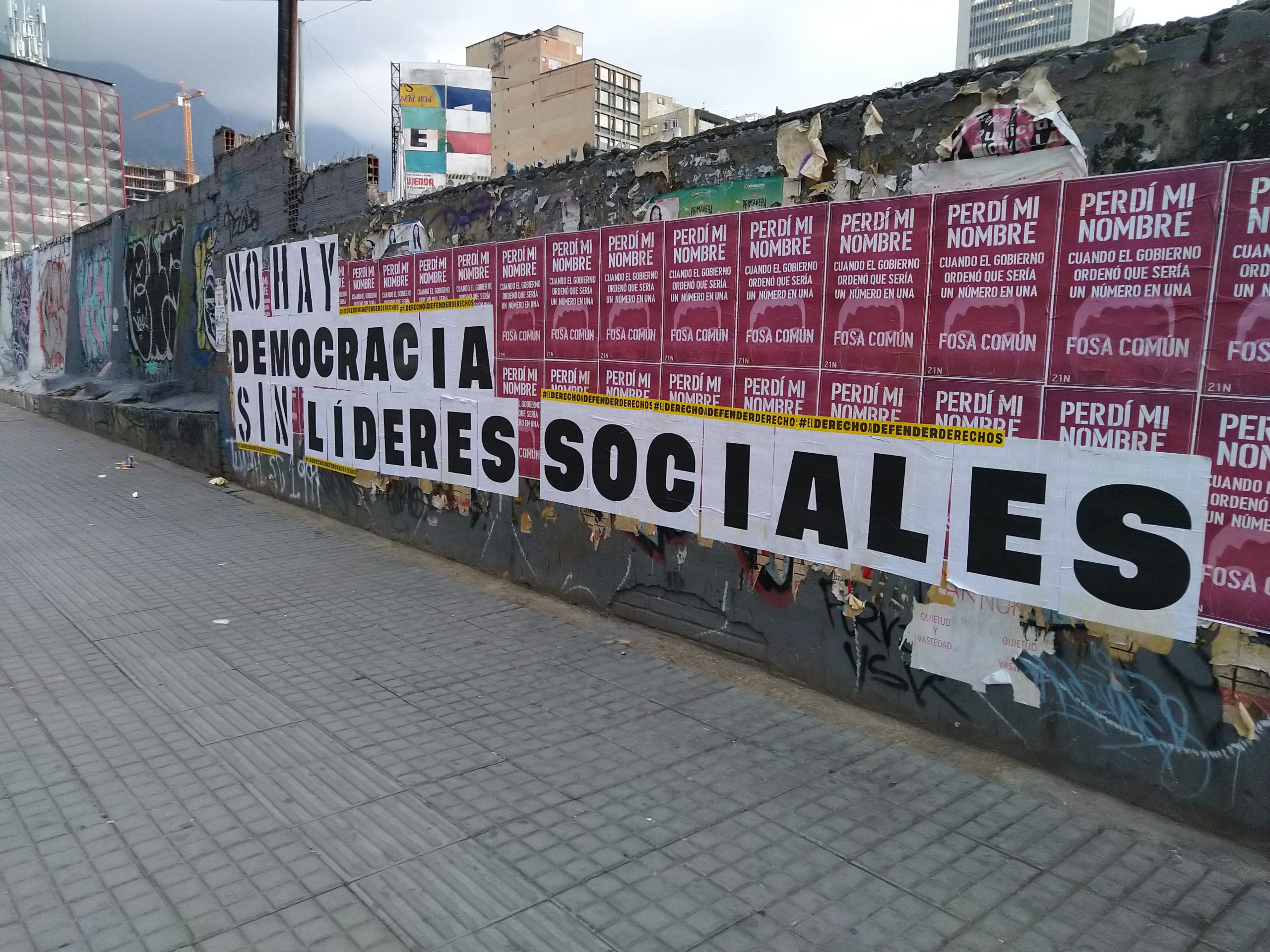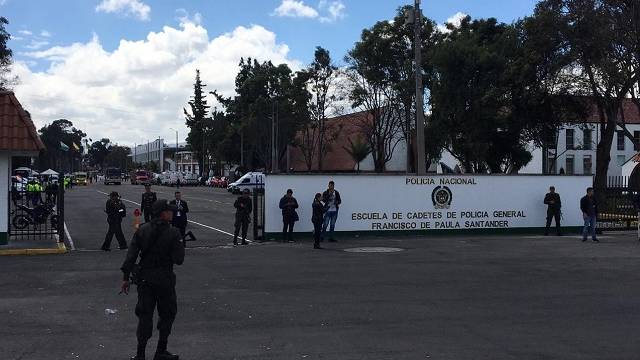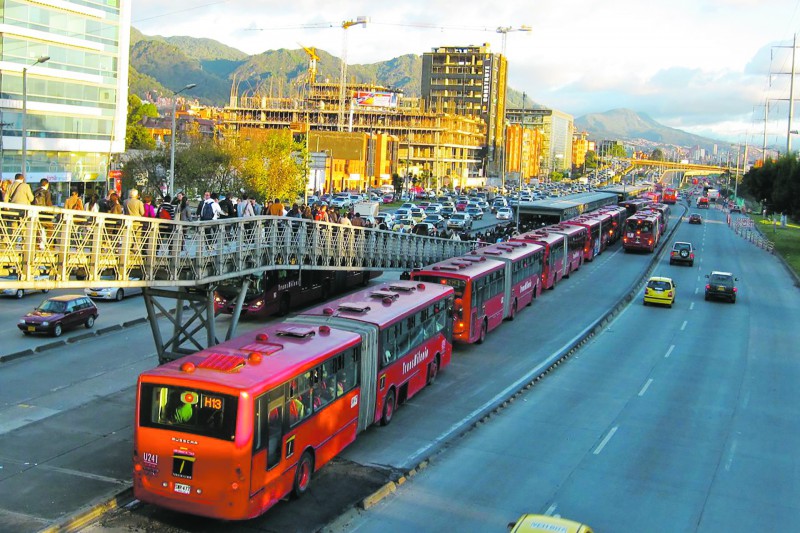
Rush hour commuters pack Calle 100 TransMilenio Station in this undated photo. Debate continues to rage about how to fix Bogota’s overwhelmed public transportation system. Photo: Creative Commons
As protests against the TransMilenio system’s poor service become increasingly frequent, The Bogotá Post investigates how Bogotá is attempting to serve its millions of daily commuters
There are almost daily protests at various TransMilenio stations around Bogotá – so much so that it hardly makes the news anymore. But the recent arrest of over 30 people at Las Americas Station after another protest escalated out of control demonstrates just how many people are at their wit’s end with the overwhelmed mass transit system.
One of a few Latin American capital cities not to have a metro system, Bogota instead transports over 2 million people daily by the TransMilenio overland bus network. Despite being the only transport option for many Bogotanos, many of these people loathe the system as it cannot adequately cope with the level of demand from daily commuters.
Just last week it was announced a new major route will be added to the TransMilenio system – a line that will run along the Avenida Boyaca (Carrera 72) corridor, expanding the system to the west of the city.
Anyone who has sat (or more likely stood) on the TransMilenio will no doubt understand these complaints; and the controversial topic of Bogotá’s transport system resurfaced last week after city-wide protests against the service as well as a viral video purporting to hold the solution.
Last week’s protest saw hundreds of people trapped in buses outside stations, while inside, the atmosphere grew increasingly hostile until police broke up crowds with tear gas. This is just one example of ever more frequent demonstrations. As early as March 2012, riots over the Transmilenio became so violent that five of its 140 stations were completely destroyed.
The major sources of this discontent are the transit system’s problems with congestion and safety. Dario Hidalgo, ex-manager of the TransMilenio, said nothing short of a complete overhaul will begin to address this problem. “It is time to redesign the operation to avoid the saturation of routes on the same platforms,” he wrote in an op-ed piece in El Tiempo newspaper last week.
As for safety, currently 740 police and 559 security cameras are responsible for the safety of the 2 million daily TransMilenio commuters. That works out to approximately 3 cameras per station. It is no wonder that five of the busiest stations – Avenida Jimenez, Calle 39, Calle 72, Calle 76 and Calle 85 – had the highest number of crime reports in 2013.
A video currently going viral on social media claims to have the answers. Made by YouTube channel Magic Markers, the video is based on a two year old study led by university professor Guillermo Ramirez. The study began when Ramirez asked his students to research what it is exactly that makes the TransMilenio inefficient.
According to the video, the answer appears to be simple. Ramirez and his team of students state that the solution to the problem of the TransMilenio does not lie in improving the infrastructure of the city – as this could take 60 years or longer – and nor does it lie in getting more buses running on the routes. The solution, the video says, is to create fewer routes, and make them more efficient.
Ramirez argues that the extensive number of routes complicates the system with no monitoring of the flow of people. This is why we see empty but frequent buses on less popular routes, but full and infrequent buses passing on the main routes. Furthermore, he proposes a dual tariff fare system for a quicker or slower service, thus offering the opportunity to choose between saving time or saving money.
The professor (Ramirez) sees the bus system as a metro and his proposal is not viable because it doesn’t take into account the infrastructure of the SITP.
– TransMilenio official
However, according to TransMilenio management, the idea of reducing the number of routes is simply not feasible, and does not take into account the secondary Alimentador (feeder) bus system. “The professor (Ramirez) sees the bus system as a metro and his proposal is not viable because it doesn’t take into account the infrastructure of the SITP. You would have to make the stations as big as the portals to support this kind of capacity,” one TransMilenio director said of the video’s ideas.
TransMilenio authorities also believe Ramirez’s proposal would exacerbate the problem of overcrowding and are creating solutions of their own. They intend to introduce an audio system to inform passengers of any delays or problems to the system.Furthermore, at the end of the year, the 740 police officers who currently monitor the system will see their numbers increase to 1,100.
Given the lack of consensus on what needs to be done to improve the TransMilenio service, this reporter went to Calle 63 station to ask commuters what they thought of the service.
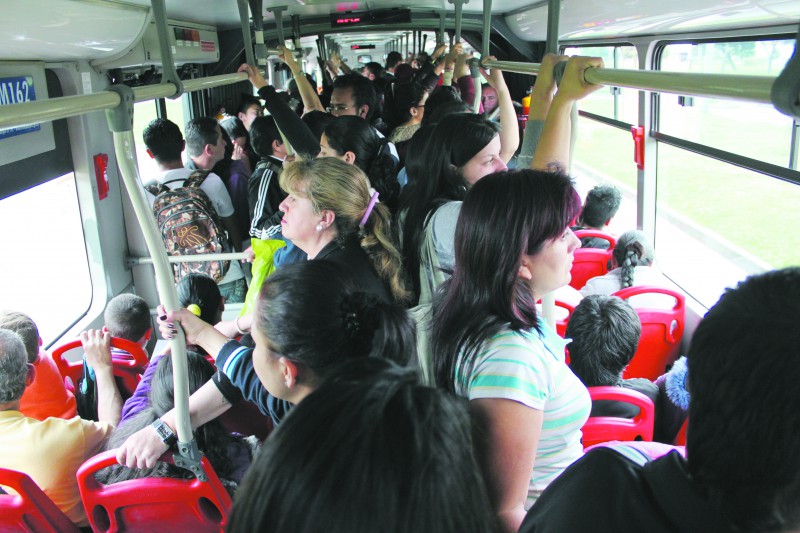
Riding the Ever-Crowded TransMilenio
Natalia, 26, believes more buses are needed. She says, “Sometimes you can’t breathe – I am a small person and I get really claustrophobic. I do not think this will change until they put more buses on the routes,” she said.
Santiago, 23, also thinks there need to be more Alimentador buses, saying the TransMilenio is not cost-effective for him as he has to take a taxi to his nearest station.
According to Yolanda, 18, sexual harassment is an ongoing problem on the Transmilenio. “It is so common and there is really no way of avoiding it, with the amount of people who travel on the buses. But a greater police presence and the idea of women-only carriages should really help this,” she said.
Miguel, 45, is also worried about safety: “I feel really uncomfortable when people come on to the buses and try to sell things. Sometimes they can be aggressive. Stopping vendors on board would go a long way to making people safer,” he said.
But Bogota is not alone in its public transport problems. Discontent with the public transport system is being felt worldwide. London’s Underground System and New York’s subway system have also come under heavy criticism recently.
A video going viral states that the solution to the problem of the TransMilenio … is to create fewer routes, and make them more efficient.
As Ramirez’s TransMilenio idea went viral, so too has a column penned by freelance writer Bim Adewunmi, in which she compares New York’s subway to the London Underground system. She calls the New York subway system “dense and needlessly complex” with stations “filthy” and conditions cramped.
The article comes as the New York Metropolitan Transport Authority this week announced it will se a $15.2 billion shortfall in funding over the next five years, potentially further delaying the improvement plans.
And while Adewunmi’s report praises the London Underground system, it’s not without its flaws, and reports last week suggest that London transport riots are “imminent if the current capacity situation is left unsolved.”
In Bogotá’s case there is a glimmer of hope that the transport problem will be addressed in the next two to three years. The city has already broken ground on the much anticipated Metro System, and just last week it was announced a new major route will be added to the TransMilenio system – a line that will run along the Avenida Boyaca (Carrera 72) corridor, expanding the system to the west of the city.
But for now, Bogotá’s commuters will continue having to endure cramped buses and chaotic stations, taking little comfort in the knowledge that their city is not alone in having a myriad of problems with its public transport system.

